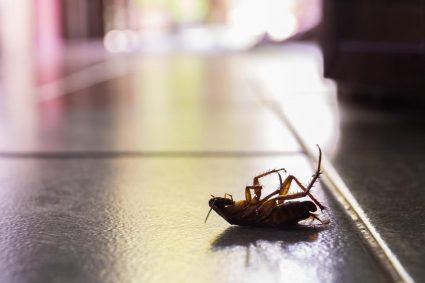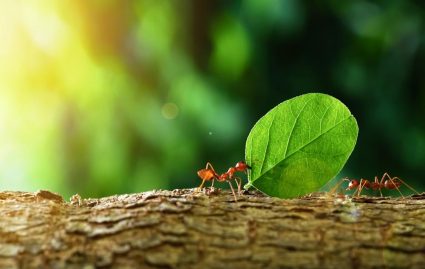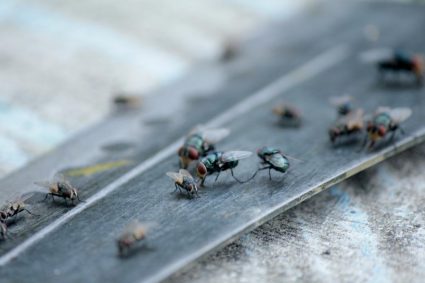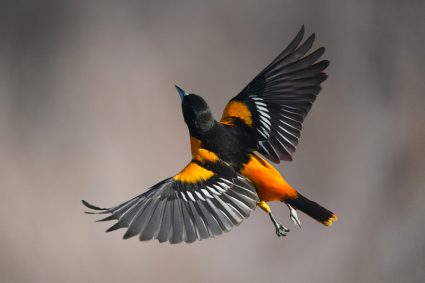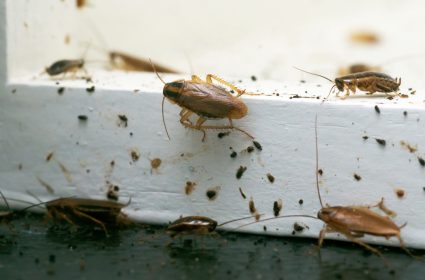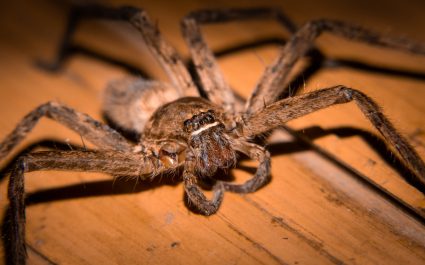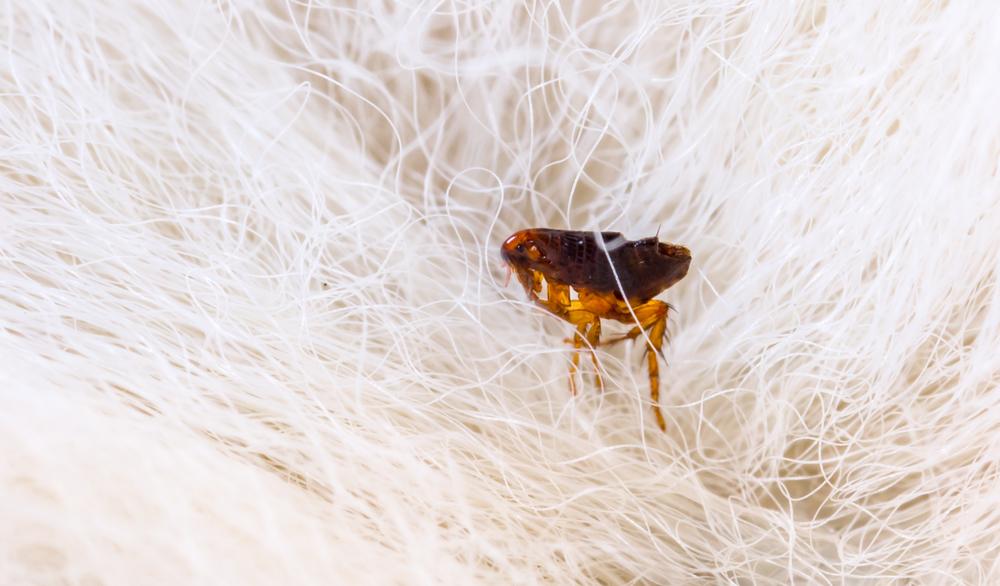
Fleas are notorious for their incredible jumping abilities, being able to leap distances up to 200 times their body length. But where exactly do fleas go when they jump? This article will delve into the fascinating world of fleas and their jumping behavior to answer this question.
When fleas jump, they typically aim for a host where they can feed, such as humans or pets. They use their powerful hind legs to launch themselves into the air, covering distances up to 200 times their body length. The direction of their jump is controlled by transmitting forces from a spring in their thorax through a lever system to their toes and ultimately to the ground. This allows them to quickly escape predators and move between hosts.
The Jumping Mechanism of Fleas
The key to a flea’s extraordinary jumping ability lies in its unique anatomy. Fleas have powerful hind legs that are specifically designed for jumping. These hind legs are equipped with an elastic pad made of a protein called resilin. Before a jump, the flea’s muscles contract to form this pad, storing energy which is then rapidly released, propelling the flea into the air.
Flea’s Jumping Distance and Height
The average jumping distance for a flea is around 8 inches (20 cm) horizontally and 5.2 inches (13.2 cm) vertically. This is equivalent to a flea jumping over a skyscraper if it was human-sized! Some fleas have even been recorded jumping up to 19 inches (48 cm).
Controlling the Jump Direction
Fleas control their jump direction by transmitting forces from a spring in their thorax through a lever system to their tarsi (toes) and thus to the ground. This allows them to launch off the ground at various angles and speeds, enabling them to quickly escape predators and move between hosts.
Landing on the Host
Once they land on a host, fleas use their sharp tube-shaped proboscis, called a stylet, to pierce the skin and suck the host’s blood. Their spiny gripping structures help them hold onto the host’s fur or feathers. Adult fleas can survive at least two weeks without a blood meal and are very aggressive feeders, feeding on both animals and humans.
Preferred Hosts and Environments
Different species of fleas have preferred hosts. For instance, human fleas prefer humans and pigs, while cat and dog fleas prefer cats and dogs. However, they can also infest other hosts when their preferred ones are not available. Fleas thrive in moist, shady, and cool places, struggling in sunny areas or open grass.
Influence of the Flea’s Life Cycle
The flea’s life cycle consists of four stages: egg, larva, pupa, and adult. The adult fleas are the ones responsible for their impressive jumping behavior. Fleas use their muscles in a unique way while jumping. They first compress their leg joints and then release the stored energy rapidly within just one millisecond, propelling themselves into the air at high speeds.
Impact of Environmental Conditions on Flea Jumps
Environmental conditions such as temperature and humidity can affect flea jumps. Fleas thrive in warm and humid environments, with optimal temperatures ranging from 21°C to 30°C (70°F to 85°F) and a relative humidity of around 50%. Low humidity can be harmful to flea development, while higher humidity and temperatures can result in faster hatching and larger fleas.
In conclusion, the world of fleas and their incredible jumping abilities is fascinating. Understanding their behavior can help us better manage them and prevent infestations. Remember, the best way to keep fleas at bay is to maintain a clean environment both indoors and outdoors, change pets’ bedding frequently, vacuum thoroughly, and limit the number of areas where fleas can thrive.
Frequently Asked Questions
How do fleas reproduce?
Fleas reproduce through a process called complete metamorphosis, which consists of four stages: egg, larva, pupa, and adult. Adult females lay eggs after feeding on a host’s blood. These eggs fall off the host and hatch into larvae in the environment. The larvae then pupate and emerge as adults ready to find a host.
Can fleas transmit diseases?
Yes, fleas can transmit diseases. They are known carriers of various diseases such as plague, typhus, and tungiasis. They can also transmit tapeworms and the bacterial infection cat scratch disease to pets.
What is the lifespan of a flea?
The lifespan of a flea can vary depending on the species and environmental conditions. Generally, adult fleas can live for about 2 to 3 months. However, under optimal conditions, some fleas can live up to a year.
Can fleas survive in water?
No, fleas cannot survive in water. In fact, one common method of killing fleas is to drown them in water. However, flea eggs and larvae can survive in damp environments.
Can fleas infest human hair?
While fleas can jump onto humans and bite them, they do not typically infest human hair like lice or ticks. Fleas prefer to live on animals with thick fur. However, in the absence of their preferred hosts, fleas can resort to humans.

